Building relationships with your local craft beer store
Congratulations! You’re working toward selling your packaged beer at retail. You have been making great beer for a while. Things are going great at your taproom. Your customers are starting to ask where they can buy your beer. Here are some tips to help you as you reach out to local beer stores.
Tiffany Adamowski and her husband have been operating 99 Bottles beer store, in Federal Way, Washington for the past 7 years. Tiffany was our guest on MicroBrewr podcast episode 029. She taught us how to sell more beer through your local craft beer store. She had so many great tips that I asked her to write a couple of blogs posts to go into more detail.
In this post Tiffany help us understand how to build relationships with your local craft beer store. In the next post she’ll dig deeper into selling more beer through your local craft beer store.
Building relationships with your local craft beer store
So, I hear you’re starting a brewery or becoming a brewery representative, and want to know how to sell product to your local craft beer store. I’ll offer a bit of advice, from the perspective of a craft beer retailer.
Initiating the relationship
Start by introducing yourself and your product. A good way to do this is to get the contact information of the person who makes the buying decisions for the craft beer store. If you’re new to sales, the cold call can be uncomfortable… but it doesn’t need to be. Your goal should be to keep it brief and on-topic:
Hello, my name is … I represent brewery name. We have beers available for your shop, in (format: kegs, bottles, cans). Here is our sales sheet, samples, and my contact information. Our beers will be available through (distributor name, self distributed). Is there a good day/time that I can follow-up?
If you offer to follow up on a specific day/time, keep that appointment. Understand that the shopkeeper at small craft beer shops often wear many hats.
Be aware of other demands on the retailer while you’re there. Realize that they need to focus first on their customers—both in person, and on phone, while you’re making your visit.
Avoid dropping in during “busy times” to pitch your product. For a specialty craft beer store this is often drive-time. Beer bars that serve food may have blackout times during lunch, happy hour, and dinner. If in doubt, call ahead and schedule a time.
Contacting by email? If the email isn’t available on the shop’s website or you’ve not received an answer to a cold email, call the business and ask for the name and email of the person who does the ordering.
The sales sheet
A successful sales sheet should answer the key questions the retailer and their customers will ask about the beer:
- Brewery name, location, web and social media addresses.
- Beer name, flavor description, alcohol by volume (ABV), international bitterness unit (IBU), original gravity (OG)—if available, wholesale price, availability (year-round, seasonality, one-off, etc.).
- Distributor name—if the brewery is self distributing, the sales person’s name and contact information, order due-by days, delivery days.
- For larger retailers, include the product SKUs.
- Niceties include product images, a list of point-of-sale merchandise available, MSRP, and the background story to the beer and/or brewery.
Sample sales sheets
Invoicing and delivery, if self-distributing
Establish certain days for delivery. Find out what times are best for each retail establishment. A beer bar that serves food may be too busy to accept deliveries during meal hours (lunch/dinner). Often times bottle shops have more versatility in delivery times, but be sure to learn which times are best—they may also have black-out times for delivery due to increased customer flow.
Deliver what you promised; don’t pull cases off one account’s order to give to another. If you’re going to have to short a retailer what they’ve ordered due to limited supply and high demand, communicate this in advance. Don’t rely on your delivery person to relay the news.
Beer is a controlled substance and your State’s Alcohol Control Board requires you to take payment cash on delivery (COD). Thus, have a means to safely store and transport checks and/or cash with you.
- Shoving a check into your back pocket? Double think that. Calling the retailer later because you misplaced the check simply shows a lack of professionalism, and can cost them and/or you bank stop-payment fees.
- Delivery person math challenged? Get them a calculator. Cases can be damaged in transit, keg shells may need to be returned, or you may have extra cases available. Have a price sheet on hand. Be prepard to adjust invoices on-the-spot.
Maintaining the relationship
Keep track of your customer’s information, and make sure that if you’re relying on a business partner or employee to make sales calls that this data is retained at the company level. Thus, if your brewery’s ownership changes or that salesperson leaves the brewery, you’re not left rebuilding relationships from scratch.
A simple Excel spreadsheet can work, or consider using Customer Relationship Management (CRM) software.
Useful information to have on hand about your customers include:
- Chief decision maker/buyer: first and last name, phone number (business and cell*), email address, preferred contact method (in person, phone, text, email), days/times available (so you’re not always calling/stopping in on their day off).
- Names of other staff at the location who are able to assist: Managers, receiving clerk, and/or staff who may have impact on the purchasing decision.
- Preferred delivery days/times, delivery access (front, back, side door?).
- The date and time you called on them, what was discussed, items promised (POS, allocations of limited/rare beer, etc.)—and when those promises were fulfilled.
- How the account is presenting and representing your brand.
- Initiatives you’ve taken to drive sales at the establishment—and their success rate.
- Niceties and conversation starters that come up in your conversations with them, such as their favorite beers and/or styles, styles that sell well at that specialty beer business, birthdates, anniversaries, kids names, etc. Jot down anything that can help you better present and become more trusted, familiar, and friendly (but avoid being creepy or stalkerish).
*If given a cell number, don’t give it to people looking to buy your beer in that city. Give the main business number of the retail establishment.
Helpful links
The Best Way To Manage Customer Relationships by Kern Lewis, Forbes, February 13, 2009.
New Belgium boosts customer relations and sales with Microsoft Dynamics by Sean Dudley, OnWindows, March 5, 2014.
Why is there a need for CRM solutions in the Beverage Alcohol Marketplace? by Tade Pulse.
Customer Relationship Management (CRM) software by OrchestratedBEER™ Business Management Software for breweries.
Image showing Handshake by Aidan Jones on flickr (CC BY-SA 2.0) was modified from its orignal state.
Join the mail list
Don’t miss other great posts like this one.
Sign up for the email list: Sign me up!

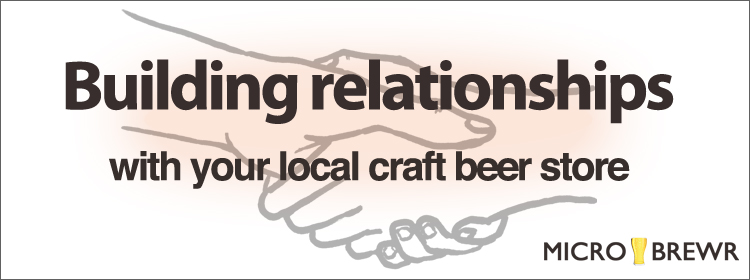












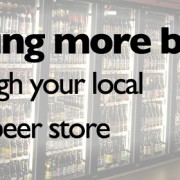

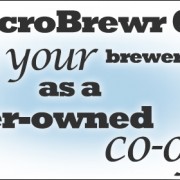
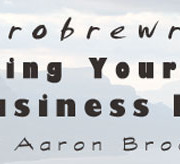
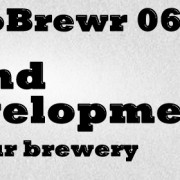
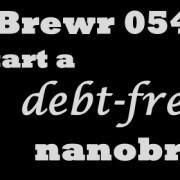
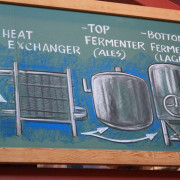
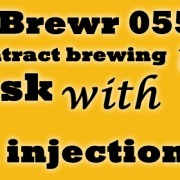


Leave a Reply
Want to join the discussion?Feel free to contribute!